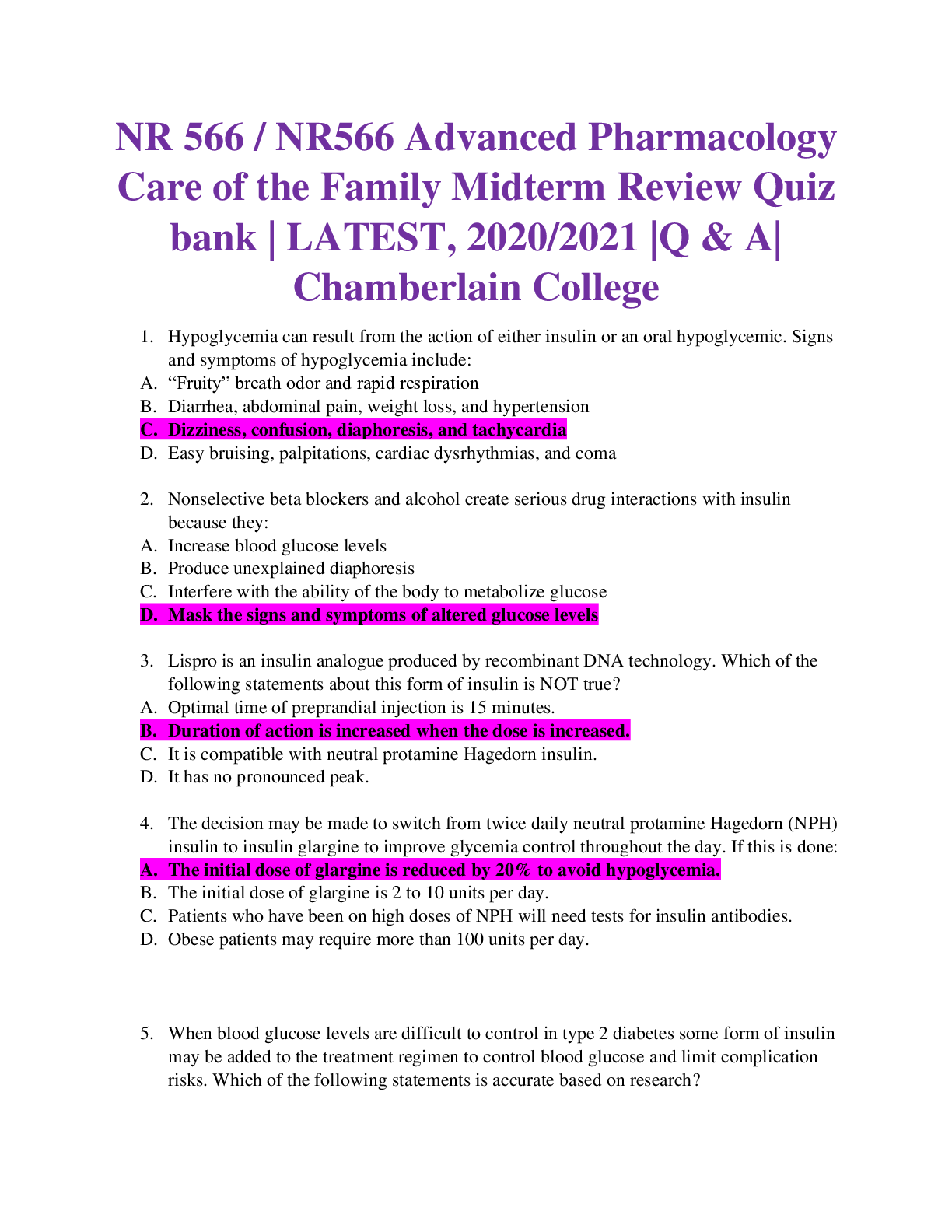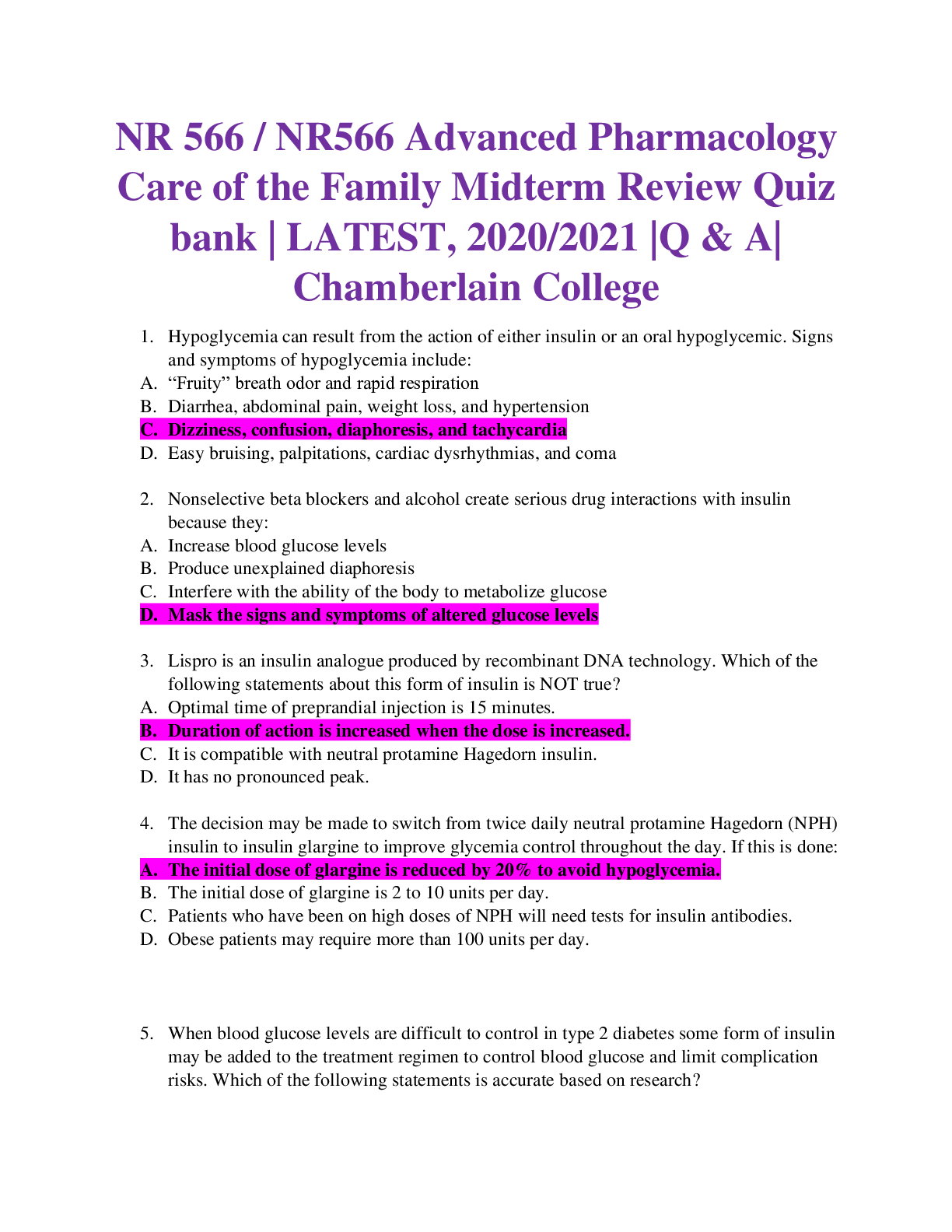NR 566 / NR566 Advanced Pharmacology Care of the Family Midterm Review Quiz bank AND Solutions
Course
Project Management
Subject
Chemistry
Category
Questions and Answers
Pages
70
Uploaded By
ATIPROS
Preview 5 out of 70 Pages


Download all 70 pages for $ 16.00
Reviews (0)
$16.00
